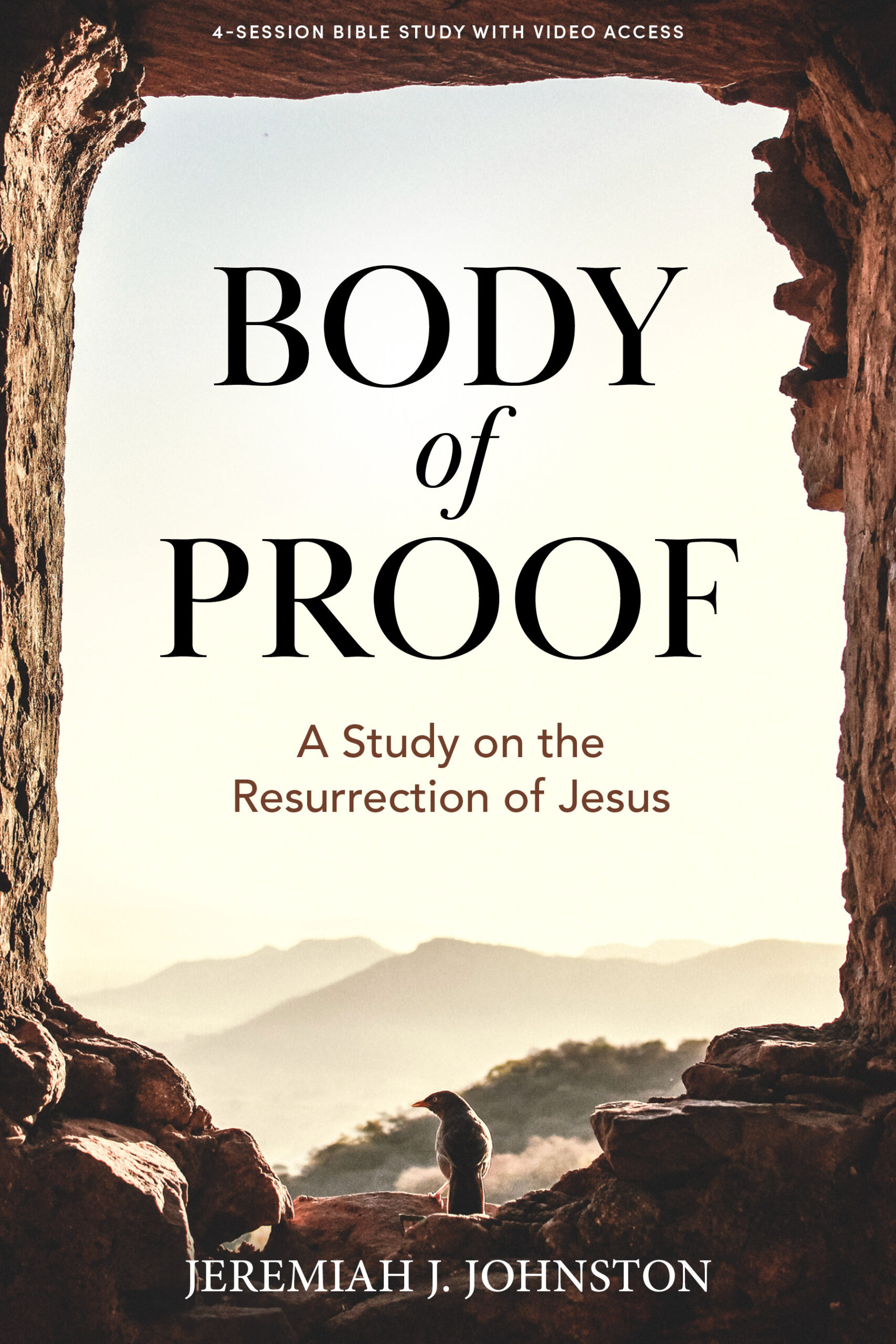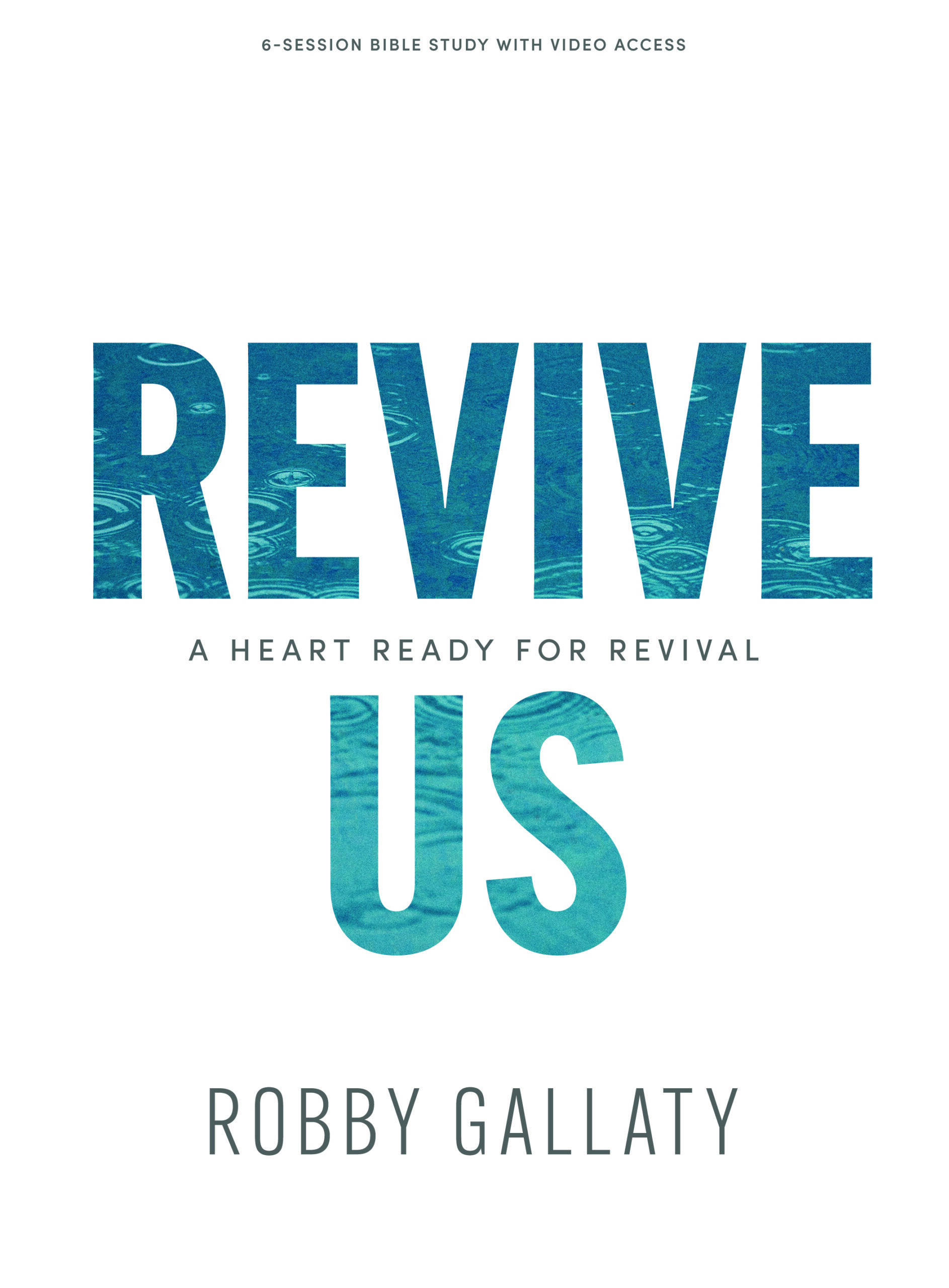By Dwayne McCrary
One of the more frightening things to do when traveling is getting on the interstate. We are fine once we are up to speed, but getting on can create a challenge, especially with cloverleafs that include a lane that is shared by those getting on and getting off at the same time. The cloverleaf design at the interchange of Interstate 35 and Hwy 30 in Ames, Iowa became notorious for this. A new flyover was constructed that addressed the problem. Engineers knew that if merging could take place with cars up to speed, the probability of collisions would be lessened. The right onramp made for a safer experience.
People who are not in a class or group also need a safe onramp to get up to speed. They need space to figure out who sits where, what the expectations are, and to develop trust with others in the group. The need for onramps is especially true if we use an ongoing Bible study groups strategy, like Sunday School. The class or group has its own rhythm and internal code. These rhythms and codes are developed over time and help the class or group function efficiently, but they also cause guests to remain focused on their rearview mirror until they get up to speed in the class or group. Here are four actions we can take to provide onramps:
Clear maps: Even with GPS assistance, clear maps are needed to know what interstate we need to take to get to our destination. One step in providing onramps to our groups is setting up a system to help people find a class or group. Information kiosks, descriptive class names (parents of teenagers as opposed to Bill’s Class), website information, greeters with information sheets, and welcome centers all serve as roadmaps to help people find the right onramp for them.
Traffic signs: Highway signs give us direction and clues about what is ahead. Seeing an exit is 2 miles ahead helps anticipate some people moving to get off the highway and the possibility of more getting on. In our classes and groups, hospitality leaders serve in this same way. They help the guest and new attender know what to expect. They greet people as they arrive, making sure everyone has a copy of the resources being used in the class and showing them where the class is in the study. Providing a copy of the Personal Study Guide with a marker on the lesson being studied that day goes a long way in helping the new person continue to move down the onramp.
New ramps: The solution in Ames was a new ramp that connected Interstate 35 and Highway 30. We too must look to create new ramps or classes and groups. One of the best ways is for the current teacher to apprentice someone in the current class to become the teacher of that class so that the current teacher can begin a new class. This approach is less disruptive and makes more sense because an experienced teacher has a higher probability of succeeding.
The need for the new ramp in Ames was diagnosed by looking at the number of accidents that occurred at that interchange compared to other interchanges. We can tell where a new group is needed by looking at the numbers as well. Here are a few of the things to look for: a class has exceeded a manageable size (you must define manageable for your setting but 12 in attendance is a good number to consider), there is no place for a new person to sit, new home and apartment construction near the church facilities or near clusters where many of your church members live, and groups that are underserved but obviously present in your community (go to a coffee shop or restaurant in your area and compare who is there with who attends your classes or groups). One word of warning. Starting a new class or group does not guarantee growth but failing to create new groups all but guarantees no growth.
Defined POIs: We get on an interstate to get somewhere. The signs telling us the distance to a town are evidence that we are doing more than simply driving. One part of providing onramps is giving a reason or point of interest (POI) to get involved. Focusing on fellowship and friendship will not be enough since those things can be had by joining a bowling league. We do want to foster community, but there is more to it than that. Some leaders provide special studies as an onramp. The idea is that once the group completes the special study, they will then transition to a track of studies being used by the other classes or groups within the church. One weakness of this approach is it gives two different experiences unless the onramp study carries the same expectations and experience as the future studies.
Sometimes, the POI for a Bible study is in how the study is presented. We can announce that our groups are studying the Bible books of Ezekiel and Daniel and some will be excited since they already know some of the stories in these two books. But many will have no idea what they will find in these books. Another approach is to announce that classes and groups will be studying how God works among His people, the hope He provides for those who are faithful to Him, and how He steadfastly reigns as Lord of all. You can share that you will be learning this from the lives of two people, Ezekiel and Daniel (note: this description came from a description found on lifeway.com: https://www.lifeway.com/en/product/explore-the-bible-adult-personal-study-guide-winter-2022-M00100479). This second approach invites others to consider the onramp and POI being provided.
Dwayne McCrary is a team leader for ongoing adult resources at Lifeway. He also serves as an adjunct at Midwestern Baptist Theological Seminary, teaches an adult group and preschool group in his church, reads history books, and a road bicyclist.





Leave a Comment: